
Honey is a truly versatile treat. Find out just how far its golden touch extends in the areas of health and beauty. Also, explore the world of honey varieties, organic honey, and bee-derived supplements.
A spoonful of honey is not just a flavourful additive: it’s veritable liquid gold where our health is concerned. The benefits of honey, from wound care to easing coughs and skin preservation, continue to be counted, both through scientific scrutiny and experience.
Christy Brissette, dietitian and president of 80 Twenty Nutrition, favours honey as the sweetener of choice.
“It has antibacterial and antiviral properties and is also rich in antioxidants,” says Brissette. “The other reason I like honey compared to other sweeteners is that it doesn’t raise blood sugar levels as high as white sugar.” However, those with diabetes should be warned about using honey in moderation—just as they would white sugar.
01
Honey’s rich history
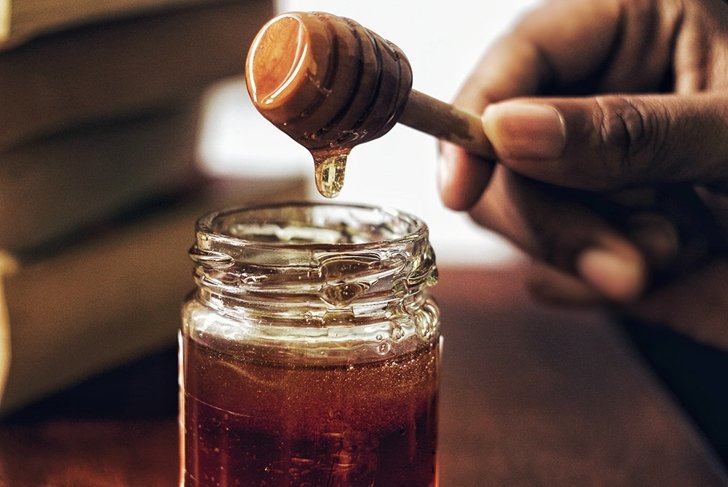
Stone Age paintings from 8,000 years ago depict humans using honey. And many nations have benefited from its healing properties ever since: ancient Egyptians, Chinese, Greeks, and Romans used honey for both wound healing and curing intestinal disease.
In Canada, according to Roberta Price, an elder from the Snuneymuxw and Cowichan First Nations, the First Nations showed settlers where to find honey that they used in their food, candle wax, and for wound treatment.
02
Your honey pot’s origins
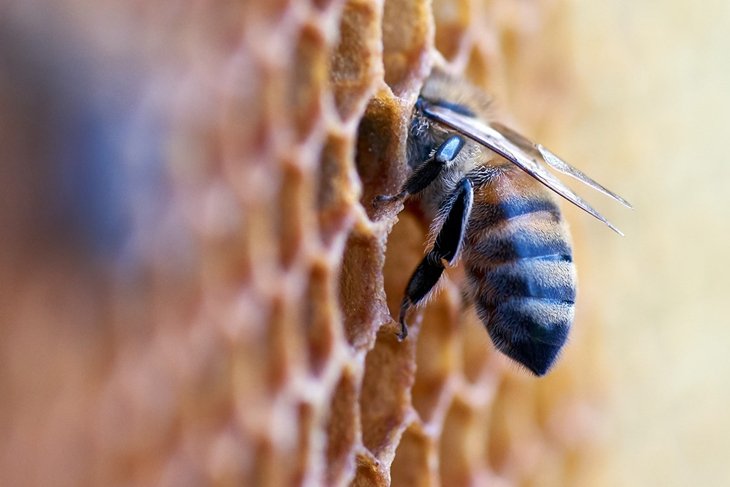 Honey varieties number in the hundreds, each type deriving from a different plant source that dictates the honey’s flavour. At Honeyview Farms, bees (contained in over 5,000 hives) collect pollen from blueberry bushes in BC’s Fraser Valley.
Honey varieties number in the hundreds, each type deriving from a different plant source that dictates the honey’s flavour. At Honeyview Farms, bees (contained in over 5,000 hives) collect pollen from blueberry bushes in BC’s Fraser Valley.
Then, the hives are moved to raspberry and blackberry fields before being transported to Alberta’s clover and alfalfa farmland. Sometimes, Pia Awram, who has owned the farm with her family for more than 40 years, tries making other types of honey, such as pumpkin and other squashes.
“We actually had zucchini honey one year—it wasn’t that good,” quips Awram.
03
How honey helps us
 While the strongest evidence to date supports honey use in the areas of healing wounds and soothing coughs, a multitude of other potential wellness applications of honey also have scientists swarming.
While the strongest evidence to date supports honey use in the areas of healing wounds and soothing coughs, a multitude of other potential wellness applications of honey also have scientists swarming.
Warning: Keep small kids out of the honey jar
Never feed children under one year old honey or add it to their food, water, formula, or soother, as pasteurized and unpasteurized honey can contain Clostridium botulinum spores, which can produce toxins and, potentially, paralysis, in small children.
04
At-home remedies
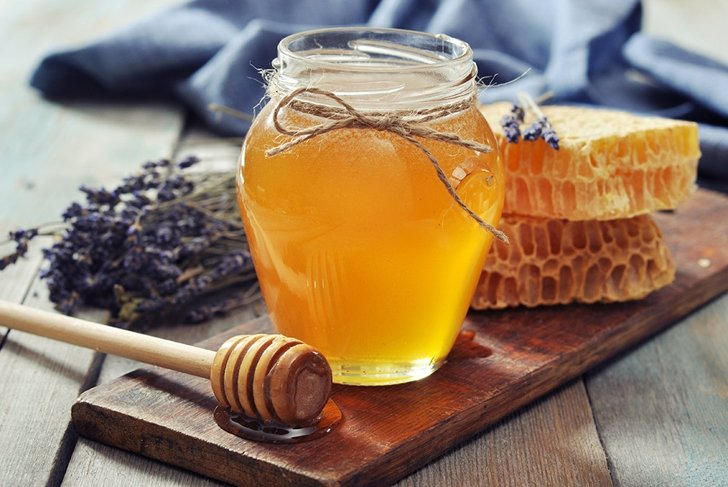
Syrupy cure for the common cough
Both the World Health Organization and American Academy of Pediatrics endorse using honey to ease the symptoms of a cough. In a 2012 study of 300 children, honey was found to significantly decrease cough symptoms and produce sleep.
Menopausal symptom mitigator
In a 2015 study, researchers found that 68.3 percent of menopausal breast cancer patients taking honey and 70.9 percent of the participants taking bee pollen eased symptoms like hot flushes and night sweats.
Relieves the side effects of cancer treatment
Some cancer patients get sores in their mouths that are so painful it’s difficult to eat.
“I’ve had quite a few patients who are using manuka honey to help heal the soreness in their throats after getting radiation to their necks,” says Brissette.
05
Potential disease preventer and manager
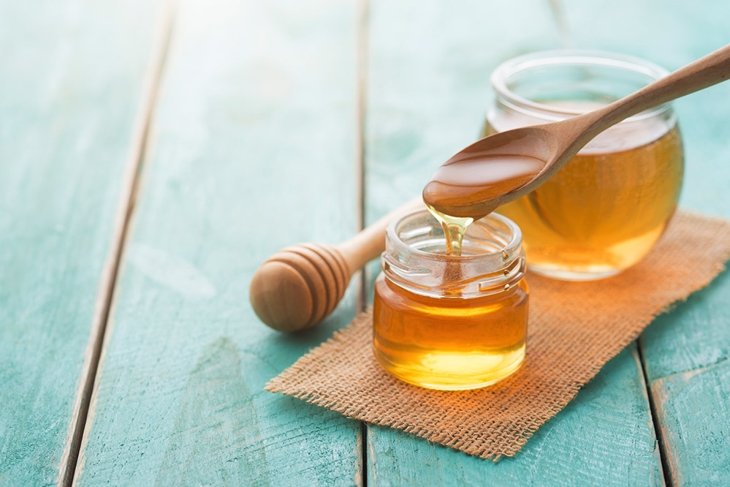 Honey may also play a role in disease prevention and management, including cancer, diabetes, and leukemia.
Honey may also play a role in disease prevention and management, including cancer, diabetes, and leukemia.
Cancer
In a review of honey’s role in cancer prevention and treatment, the authors of a 2012 study published in Evidence-Based Complementary and Alternative Medicine noted there is evidence to suggest the immune enhancing, anti-inflammatory, and antimicrobial qualities of honey, along with its ability to heal chronic wounds and ulcers, reduces the risk of many cancer-causing factors.
Leukemia
A 2015 study found that a Malaysian honey called tualang was found to have a significant effect on the death of leukemic cell lines.
Diabetes
A 2013 study concluded that honey may have a positive impact on the effects of type 1 diabetes, including cholesterol and body fat. And a 2014 review noted one study where a mix of honey and antidiabetic drugs produced benefits including greater glycemic control and enhanced protection against antioxidants.
06
Beautifying brews
 Along with its healing properties, honey is also considered the oldest skin care ingredient still in use today. Honey functions as a skin softener and soother, moisture retainer, hair conditioner, and pH regulator in a wide range of beauty products. Honey also helps maintain youthful-looking skin and prevents wrinkles, along with preventing infection.
Along with its healing properties, honey is also considered the oldest skin care ingredient still in use today. Honey functions as a skin softener and soother, moisture retainer, hair conditioner, and pH regulator in a wide range of beauty products. Honey also helps maintain youthful-looking skin and prevents wrinkles, along with preventing infection.
DIY honey face rinse
Try Brissette’s homemade concoction: fill a bottle two-thirds with honey, one-sixth with natural soap and the remainder with an organic healing oil—for example, evening primrose. Start by washing your face with water. Then, massage a quarter-sized amount of the mixture into your face and rinse.
07
Finding the finest honey
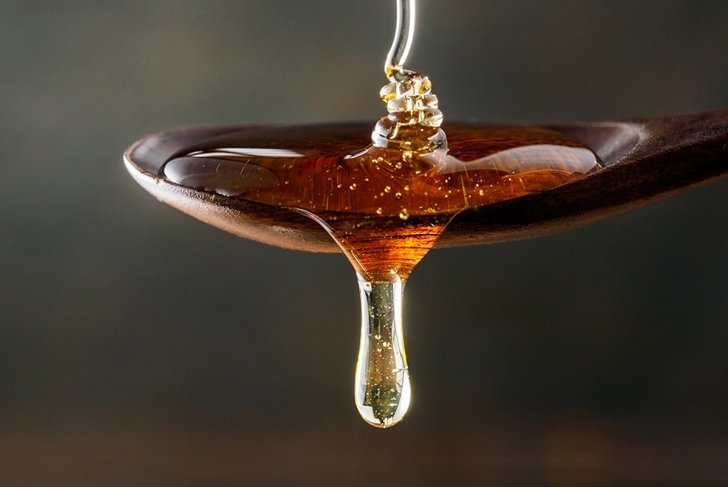 Don’t turn to your grocery store shelf when seeking the healthiest honey. Grocery-variety honey has likely been stripped of nutrients due to heating and filtering processes or may be mixed with additives like high fructose corn syrup (linked to health conditions such as obesity and heart disease).
Don’t turn to your grocery store shelf when seeking the healthiest honey. Grocery-variety honey has likely been stripped of nutrients due to heating and filtering processes or may be mixed with additives like high fructose corn syrup (linked to health conditions such as obesity and heart disease).
Instead, Brissette recommends heading to your local health food store or farmer’s market. Select raw honey labelled “100 percent pure” for the highest level of nutrition and antioxidants. Also, a darker coloured honey indicates higher levels of antioxidants and antibacterial qualities.
08
Organic honey: The way to go?
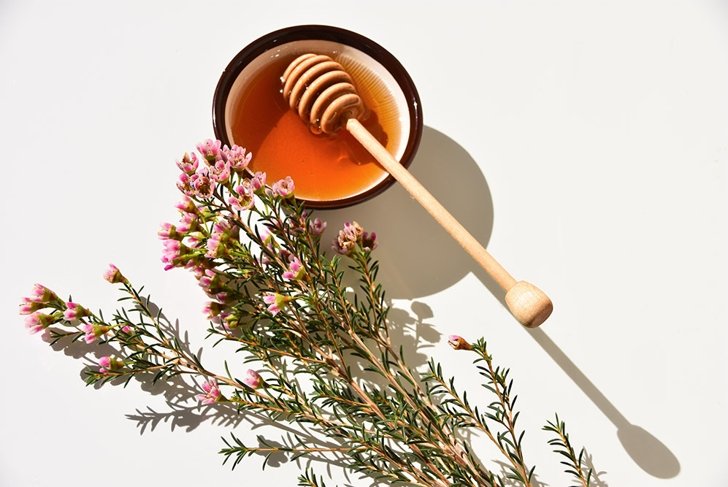 In Canada, organic honey is not an easy find.
In Canada, organic honey is not an easy find.
“The problem is that to be certified you have to have a forage area of a three kilometre radius that’s pesticide and herbicide free,” says Julie White, proprietor of Long Point Honey Co., one of the two organic bee farms in Ontario.
White acknowledges that buying organic guarantees your honey is pure, and helps support the planet. However, she suggests you may also try querying your local beekeeper about their practices.
“There are a lot of beekeepers who employ organic practices but aren’t certified because they can’t guarantee the forage area,” says White.
09
Magnificent manuka
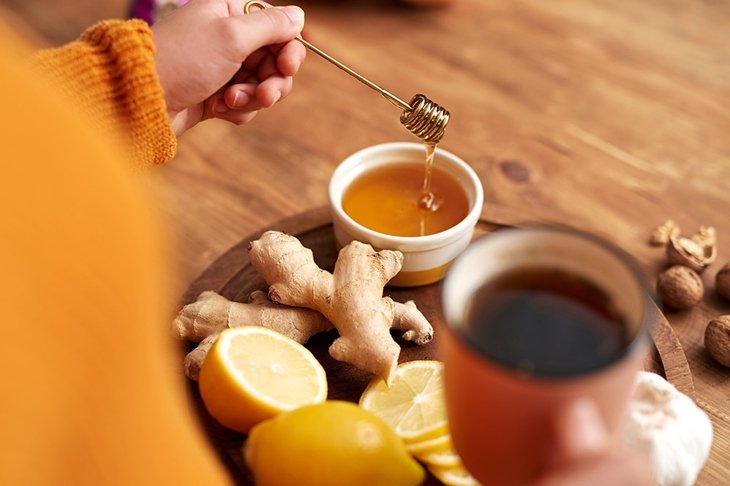 Renowned among honey varieties for its exceptional antibacterial qualities, manuka honey is harvested from the manuka bush, found in New Zealand.
Renowned among honey varieties for its exceptional antibacterial qualities, manuka honey is harvested from the manuka bush, found in New Zealand.
Deirdre A.W. Jasper, a Winnipeg-based naturopathic doctor, believes that, along with its antibacterial qualities, manuka honey is superior for wound healing because it maintains the skin’s moisture balance and removes dead tissue.
“By far, the honey-based supplement I am most likely to recommend these days is a manuka honey product,” says Jasper.
According to Jasper, medical grade honey—which has been sterilized and processed into a dressing, is an excellent treatment for a variety of skin abnormalities and wounds such as first- and second-degree burns, scrapes, diabetic ulcers, and oral herpes.
10
Honey’s powerful supplemental punch
 Honey is not the only substance in the hive dripping with nutritive value. Find these honeybee derivatives at your local health food store or beekeeper’s shop.
Honey is not the only substance in the hive dripping with nutritive value. Find these honeybee derivatives at your local health food store or beekeeper’s shop.
Bee pollen
Pollen is packed with protein, including amino acids.
“That’s why bees collect pollen and feed it to the larva: because it’s rich in these amino acids that the larvae need to develop into bees,” says Pia Awram, who owns Honeyview Farms with her family. “[Many] swear by it, and they feel much better when they eat it on a daily basis.”
Royal jelly
“Royal jelly is very nutritious,” says Awram. “This is what the bees feed to the larvae that are destined to become queens.”
In humans, royal jelly has been used to treat conditions including asthma, liver disease, insomnia, and high cholesterol.
Awram cautions against combining the royal jelly with other substances—including honey—as the proteins will become denatured upon mixing.
Propolis
Bees collect propolis from trees both to sterilize and seal cracks in the hive.
“We collect it by scraping it off the hive,” explains Awram.
Despite its strong taste and stickiness, some chew propolis. Awram also dissolves propolis in alcohol, creating a tincture, often useful in healing sores due to its germ-killing action, or as a digestive aid.

